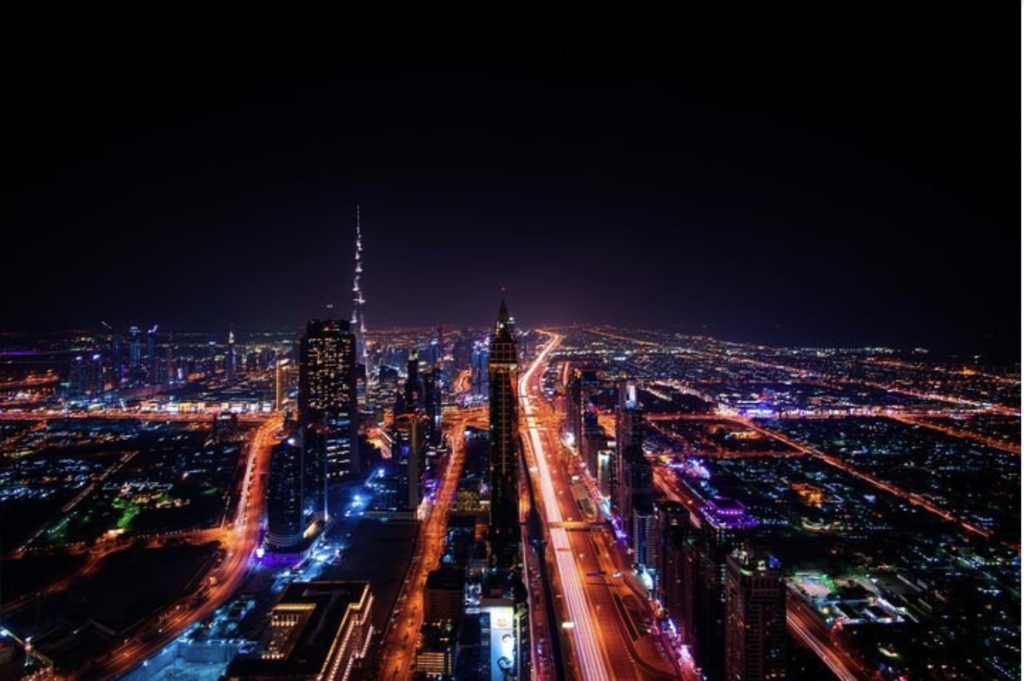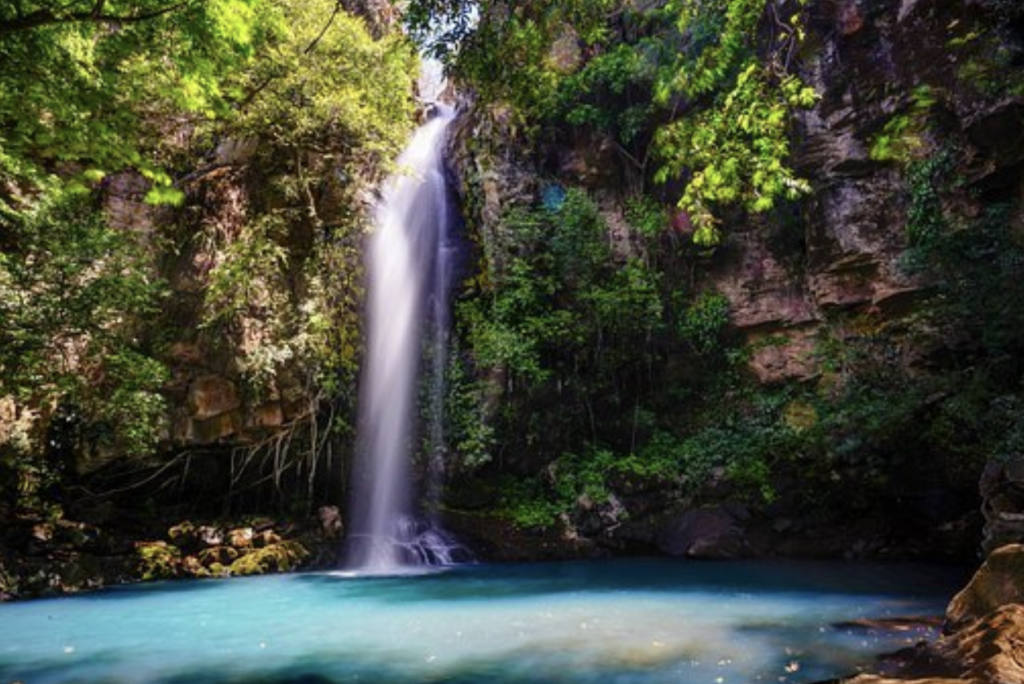Words by Ritika Srivatsan
Travel for recreation and relaxation was historically enjoyed only by the elite. By the upper classes and royalty who had the means to visit distant sights for leisure. Pilgrims would undertake treacherous journeys to visit holy sites, northern Europeans in the mid-sixteenth century travelled to the south for education, and wealthy Englishmen in the 18th century would embark on a ‘grand tour’ to acquire knowledge from around the world, learning medicine to fencing to European vernacular for example. Despite the idea of tourism existing for decades by then, it was only in 1758 that Richard Cox founded the first known travel agency when he became the official travel agent of the British Royal Armed Forces.
Almost 100 years later, in June 1841, Thomas Cook opened their travel agency, designed to help common Britons enrich their lives by travelling the globe. Since then, the tourism industry has exploded and grown multi-fold. The accessibility of automobile, rail, and air services to vast swathes of the population made travelling affordable and easier, thereby promoting tourism and in turn affecting the economy, environment, culture, and the diaspora of cities and countries.
Rags to riches – how tourism can transform
While the discovery of oil in the 1960s overturned the poor fortunes of a dying economy previously dependent on pearl diving and fishing, the former ruler of the Emirate of Dubai (1958-1990), Sheikh Rashid bin Saeed Al Maktoum quickly realised that the oil reserves would run out one day. “My grandfather rode a camel, my father rode a camel, I drive a Mercedes, my son drives a Land Rover, his son will drive a Land Rover, but his son will ride a camel,” the Sheikh once stated. Therefore, he began investing in Dubai’s infrastructure and diversified economies, thus igniting Dubai’s development and dreams of a self-reliant futuristic city.
The cosmopolitan emirate is a picture-perfect depiction of the miracles tourism can inspire. In 2019, a staggering record of 16.7 million tourists visited – a 5.1% increase from the previous year. Tourism contributed to their skyrocketing gross domestic product (GDP) as it made for 11.5% of the emirate’s GDP, in turn creating thousands of jobs, boosting revenue, improving existing infrastructure, and acting as a melting pot of cultures. An international hub, Dubai’s diaspora has changed immensely to encompass millions of expatriates, who make up more than 90% of residents.
While the city is said to run out of its oil reserves by 2029, it is predicted to continue flourishing due to a varied economy largely relying on tourism, information technology (IT) companies, and the production of petrochemicals.
Tourism and hospitality have the power to change a city’s destiny. However, there are many negatives to tourism and a sole dependency on the industry for revenue has hazardous consequences.
Over-tourism and environmental concerns
Over-tourism has been a growing worry for many cities and localities. While Venice, Amsterdam, and Barcelona make the headlines often, Svalbard is only recently gaining recognition. A Norwegian archipelago situated between mainland Norway and the north pole, Svalbard has risen as a popular tourist spot for those looking to enjoy the Arctic wildlife, northern lights and polar nights, amongst others.
Originally, in an attempt to grow their tourist economy, the Norwegian government made the archipelago a visa-free zone where anyone could live and work indefinitely, regardless of their nationality. In the past five years however, Svalbard and its largest town of Longyearbyen have been battling over-tourism. With a population slightly greater than 2000, Longyearbyen is the northernmost settlement in the world. Its attractive location is unfortunately highly ecologically susceptible to and strained by climate change.
Registered tourist ship landings increased from 29,600 in 1996 to 124,000 in 2019. To protect the arctic wildlife, the government has made numerous proposals including allowing tourists to land in only 42 designated locations, an increased ban on polar bear scouting, and a ban on the use of submarines, amongst others.
The tourism and hospitality industry face their share of downsides and adversities, none comparable to large scale collapses such as the Great Recession of 2008 or the COVID-19 pandemic.
Coronavirus and post-pandemic tourism
According to a United Nations Conference on Trade and Development (UNCTAD) report published on 30th June, the crash in international tourism due to the pandemic could potentially cause a loss of more than $4 trillion to the global GDP. The figures have been estimated after taking into account direct losses and indirect losses due to the domino effect which affected closely linked industries. The report gauged that the decline in tourism would cause a 5.5% rise in unemployment of unskilled labour, varying between 0% to 15% based on the prominence of tourism in the economy.
Sandwiched between Panama and Nicaragua lies Costa Rica, a country carpeted with lush green rainforests and coastlines on both sides, leading to the Pacific and Caribbean. High on a traveller’s bucket list, the tiny nation reliant on tourism has faced severe hardship after international travel ceased in light of the virus.
In 2019, they welcomed 3.1 million tourists, making it accountable for 8.2% of their GDP. With livelihoods and economic growth dependent on tourism, the country has sought to return to a post-pandemic world as soon as possible.
Segura Sancho, Costa Rica’s newly appointed Minister for Tourism stated that “the biggest challenge is rebuilding our country’s tourism sector in a manner that alleviates the financial burden on the tourism sector and promotes economic recovery while prioritizing health management. It is my goal to balance the short-term emotional, physical and financial needs of stakeholders in the tourism industry without losing sight of the long-term task of ensuring that Costa Rica remains a key player in international tourism.”
Tourism revival is determined by inoculation programmes. The faster the vaccine rollout, the more likely tourism soars. While countries remain on an uneven playing field, with developed nations jabbing residents faster, Costa Rica remains a role model for those looking to kickstart the tourism industry.
To do so, Costa Rica began promoting local tourism through its “Vamos a Turistear” [“Let’s go touring”] advertising campaign. The Costa Rican Tourism Institute also designed a set of 16 protocols, outlining guidelines and safety procedures that align with World Health Organisation (WHO) guidelines so the hospitality industry could resume its operations at the earliest. The country plans to further improve its state-of-the-art infrastructure to make it both a safe and enjoyable tourist destination.
A post-pandemic world will need the hospitality industry to make new adaptations. With quicker inoculation, use of advanced technology, and adherence to health guidelines – tourism will bounce back and skyrocket once again.




